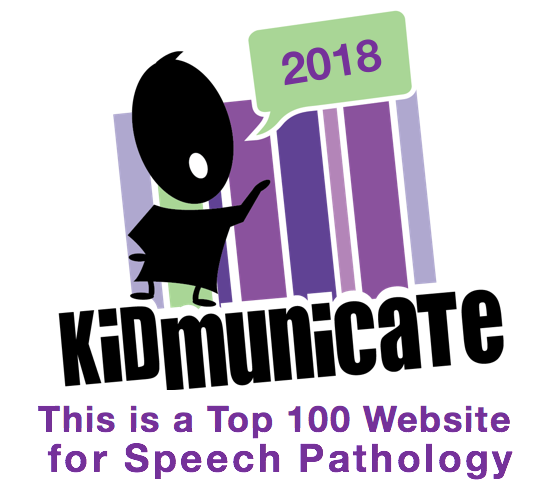Super Duper Publications, a leading producer of speech-language materials, has refused to make any kind of statement on racial inequality despite being asked many, many times and while
continuing to use images of Black people in posts about their products and handouts. You can see some of the interactions around this on
@themindfulslpodcast account. It's WRONG.
Some who would prefer me not to be political might have noticed that ship has sailed in the past few days. I once was left a note "NO POLITICS" when I mentioned in a presentation the PBS Kids wonderful website was in danger of losing funding. My platform, my podium, my right to say what I think here just as yes, it's Super Duper's right to say nothing, and your right to walk on by. BUT as a gay person (first time saying that here but I have mentioned my husband in presentations, Happy Pride 2020) I have always voted with my wallet and I encourage our profession to do so in this case.
So, and to continue my angle of being practical, with some ongoing assistance from valued colleagues in a Facebook group I belong to, I'd like to offer as many alternatives as possible to using or purchasing Super Duper Materials (feel free to add in the comments).
1. Use
context. I have never been a fan of SD in the first place for their production of almost exclusively decontextualized materials. Read
Gillam (et al implied here),
Ukrainetz,
Wallach,
Ehren.
2. Aim at discourse and
narrative. Helping our students tell their stories is more critical than ever. You know I am an SGM® person but make your own graphic organizers with research-based story elements in Google Slides, use
Somebody Wanted But So, whatever approach works for you to
scaffold.
6. Create products as a language and narrative process.
Book Creator,
Pixton, Toontastic offer options.
7. Make vocabulary cards, synonyms/antonyms as a selection process by the student. "What picture do you like?" (in Google Slides, Insert> Image> Search the Web). Be creative and search for examples/nonexamples.
11. (Tanya Coyle)
Lessonpix allows for all different skin tones and editing to change skin tones of any pictures that lack that option automatically (fewer and fewer over the last several years). They have a ton of therapy materials you can create or already created.
12. (Laura Staley) I just bring a couple of books and some bubbles.
13. (Jen DW) I love using animated short films in therapy! Hair Love, MVP, Dia de los Muertos are on Youtube and feature POC characters. Disney+ has some great short films featuring diverse characters, too! Out (about a gay man coming out to his parents), Loop (about an autistic girl who doesn't talk), Float (about a baby that can fly), and Bao (about a Chinese mom whose dumpling comes to life) all feature POC characters. These are usually wordless or have few words, relying on the art to tell the story, so they are great for describing, sentence formulation, story retelling, inferring, predicting, interpreting emotions, etc.
I look forward to growing this list, and bypassing the pile of bags at ASHA Convention 202_ if it is even there. #dumpsuperduper. Using less stuff is good for the environment anyway.































